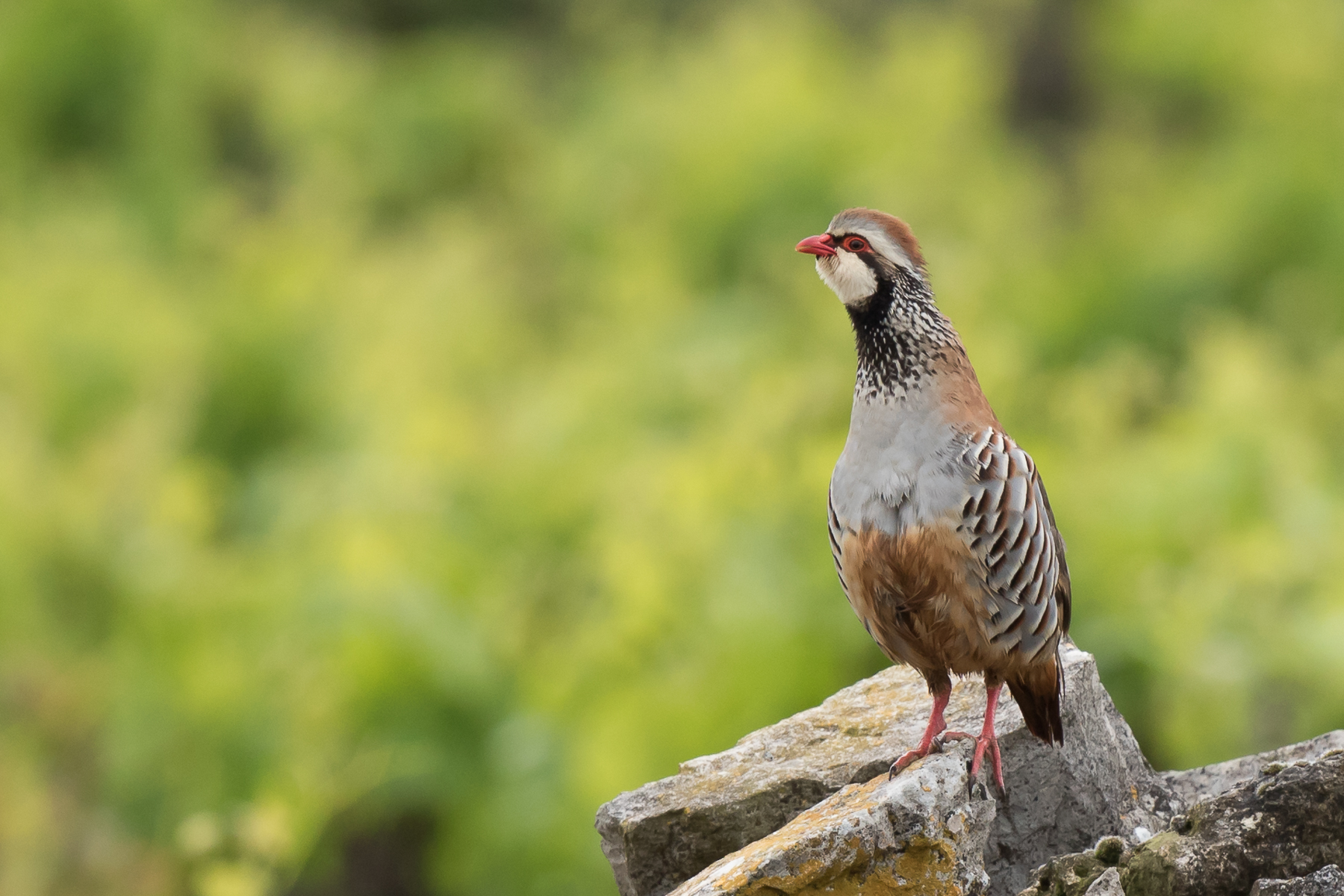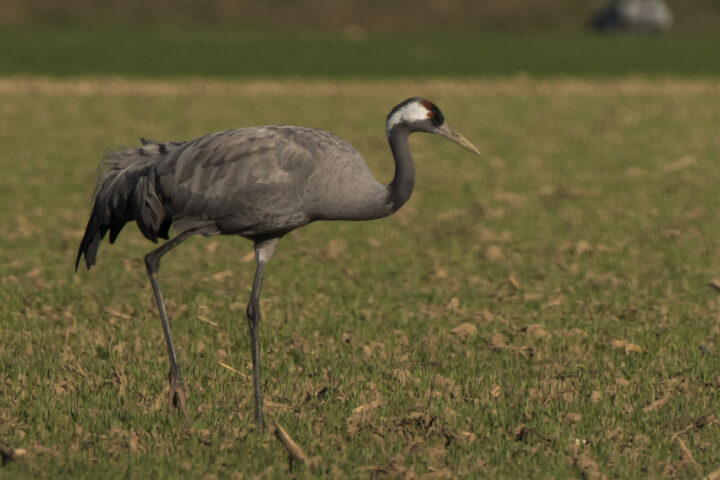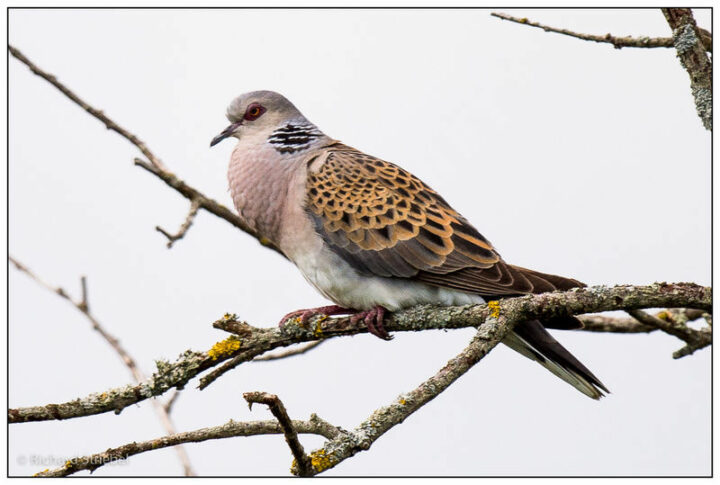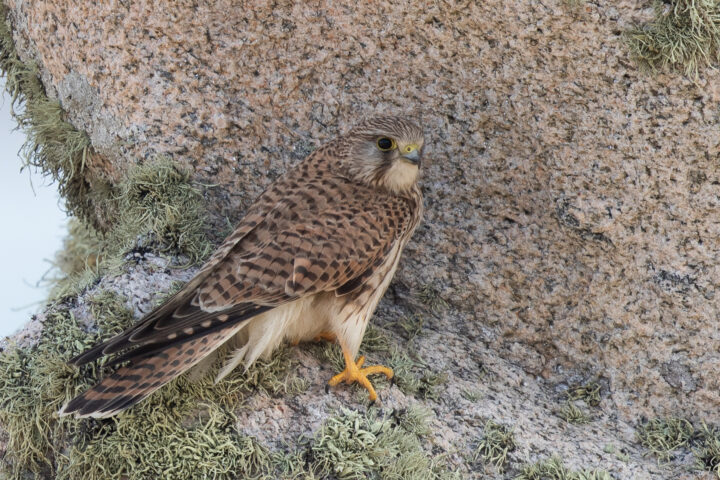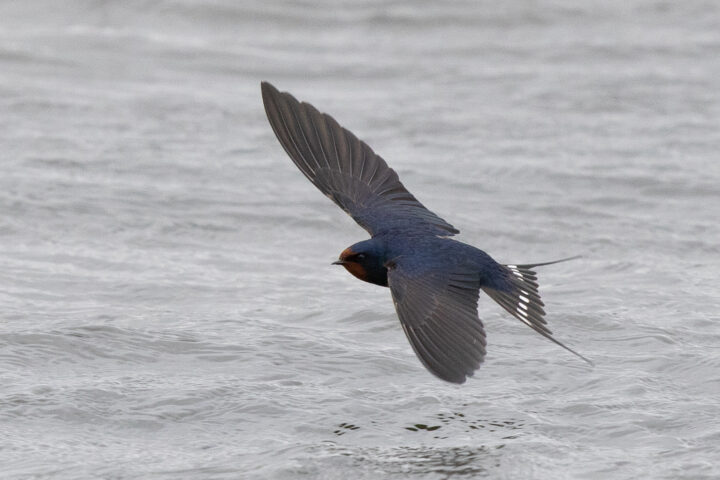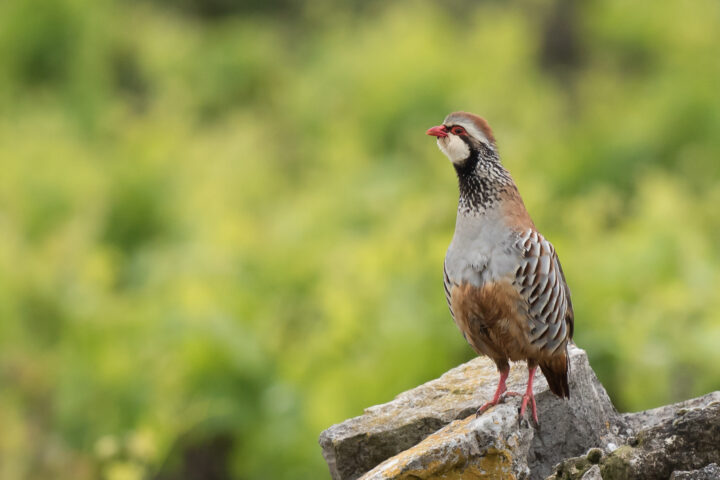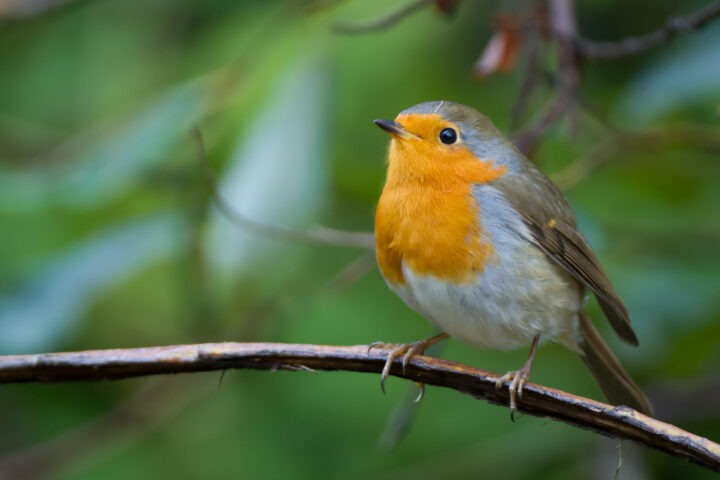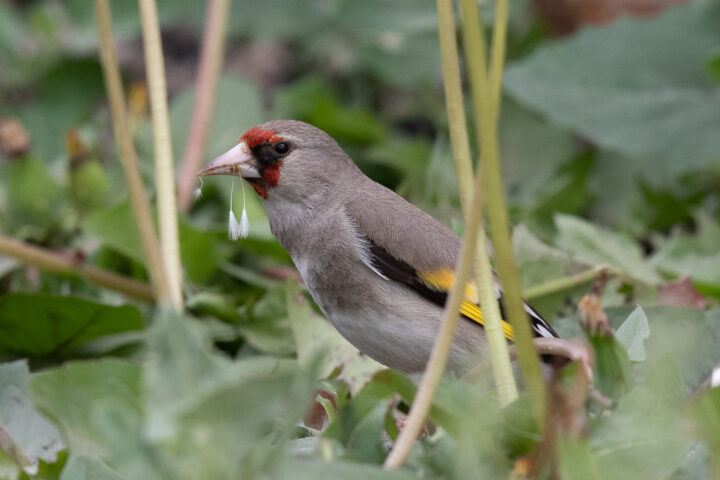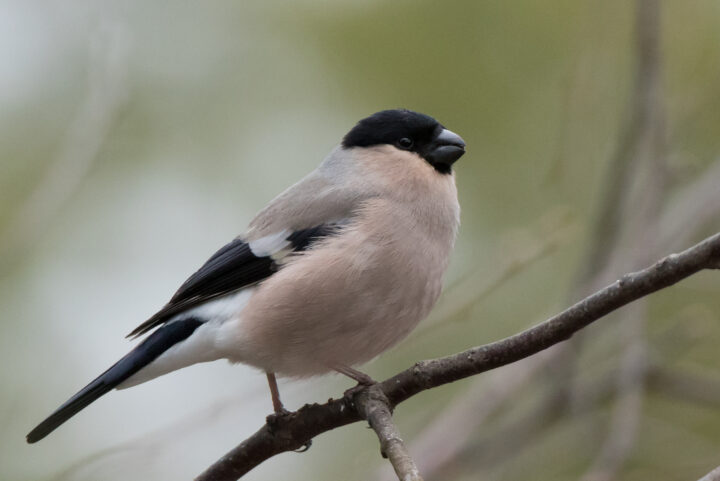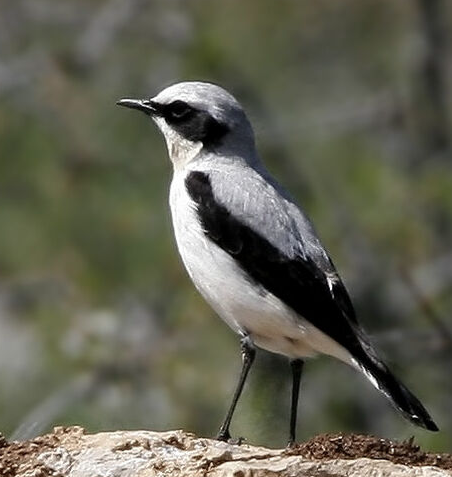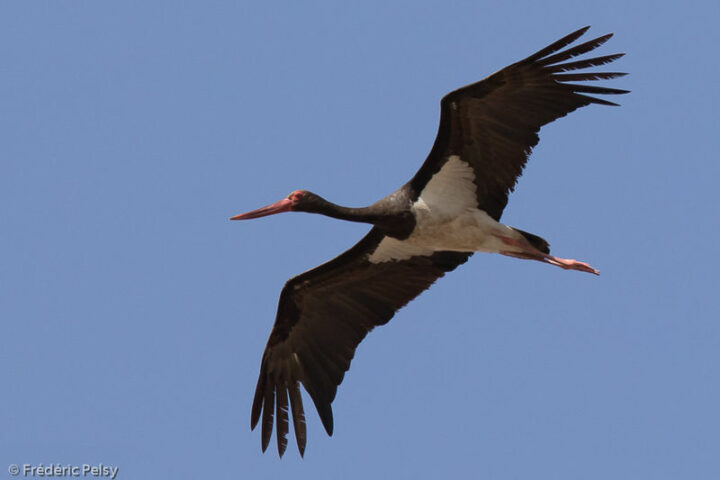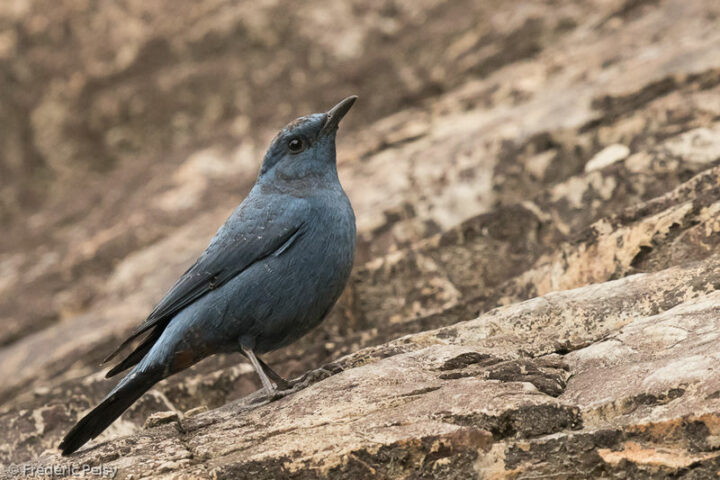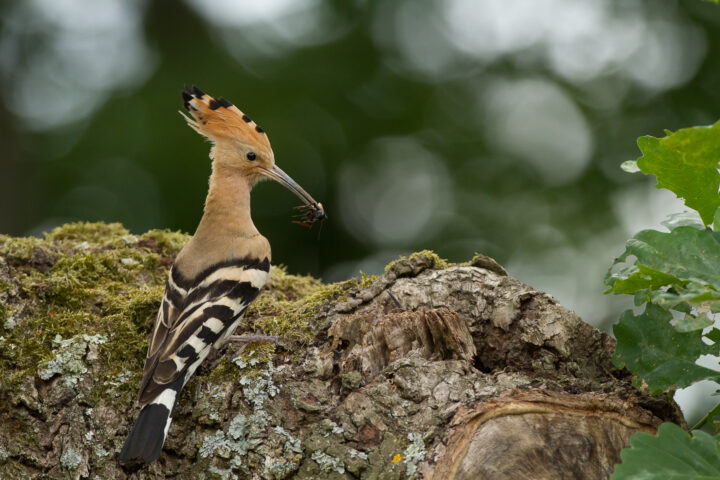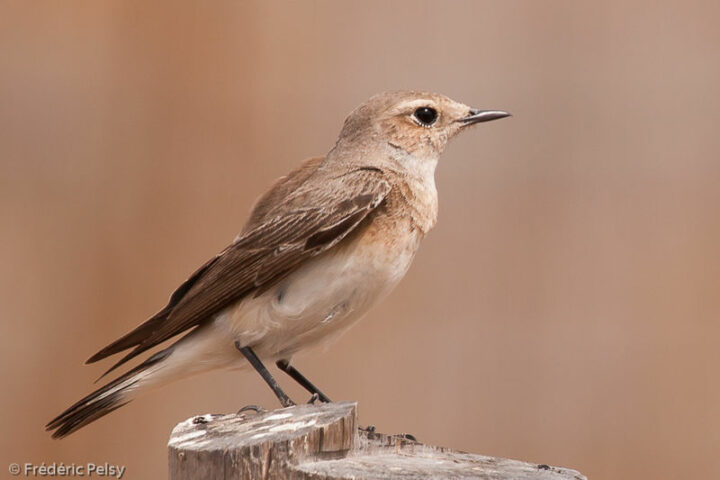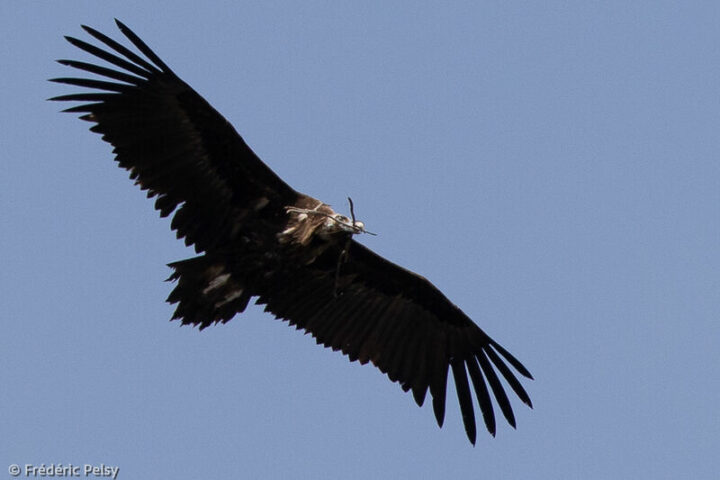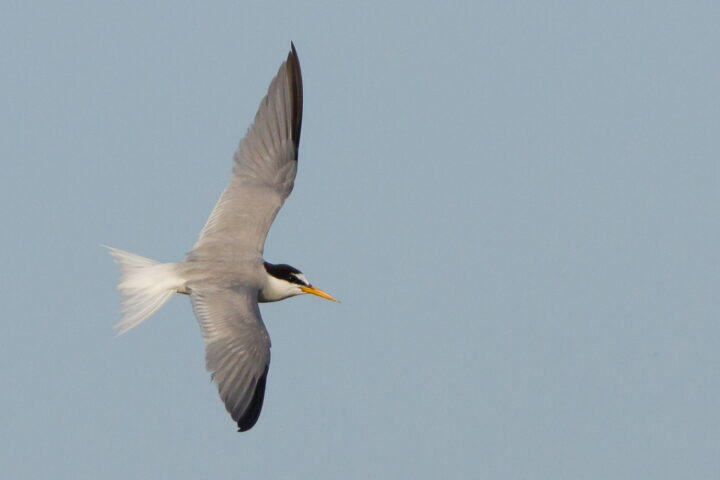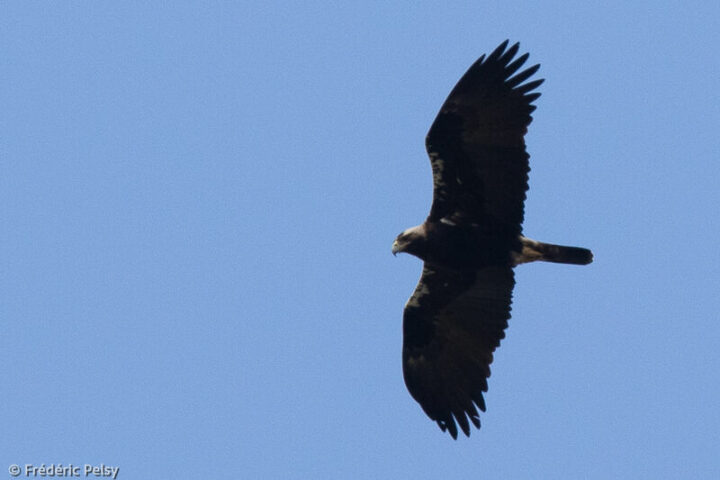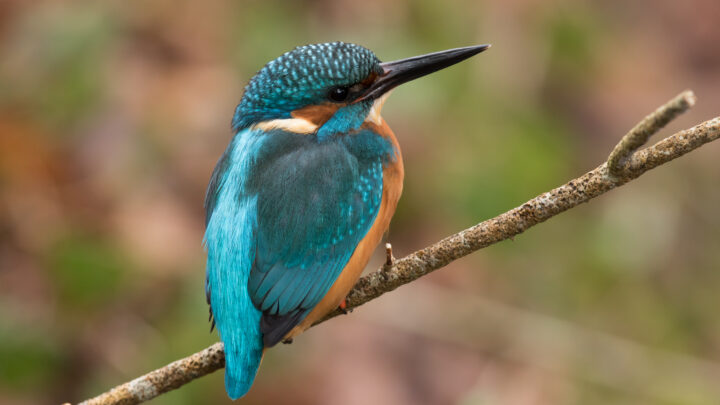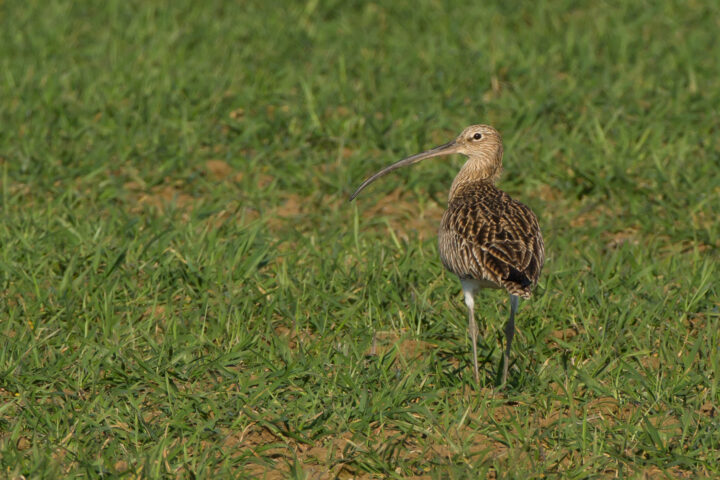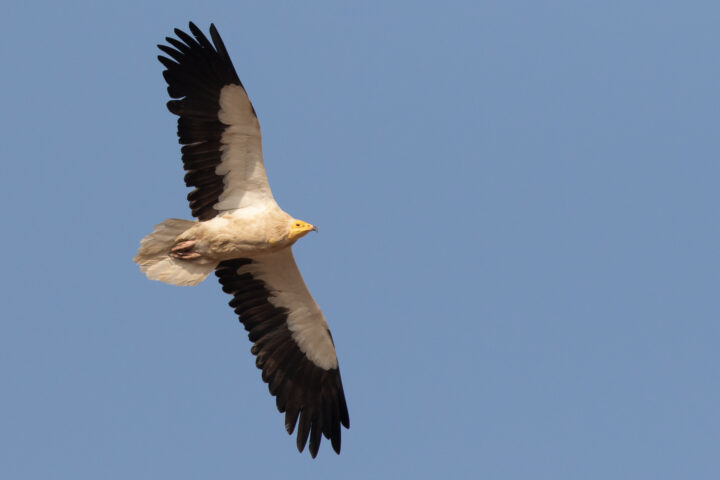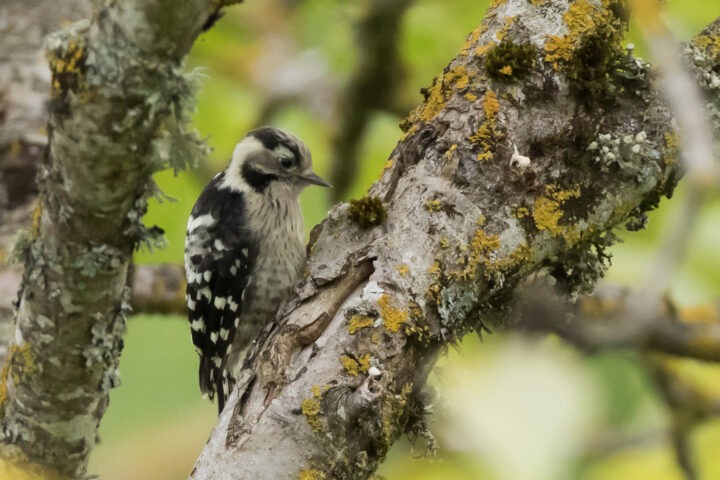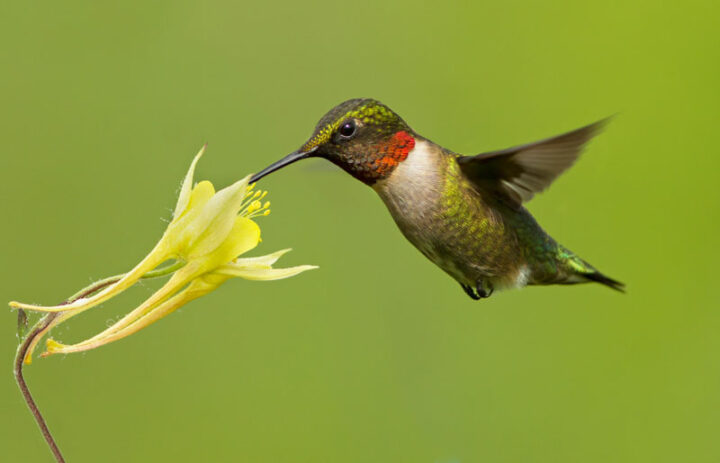Red-Legged Partridge
Alectoris rufa
Classification
- Order : Galliformes
- Family : Phasianidae
- Genus : Alectoris
- Species : rufa
Binomial name
- Linnaeus, 1758
biometrics
- Size : 38 cm
- Wingspan : 47 to 50 cm
- Weight : 391 to 514 g
Distribution
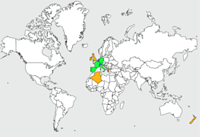
Vocalisation
The calls and songs of the Red-legged Partridge are not easily transcribed phonetically. The best is to refer to the recordings on the site xeno-canto
https://xeno-canto.org/species/Alectoris-rufa
To learn more.
IUCN CONSERVATION STATUS

Share
IDENTIFICATION
The Red-legged Partridge is larger and more colorful than its cousin the Gray Partridge. From a distance, the adult appears as a large warm brown bird with a distinctive head. Its four-colored head is indeed remarkable. The beak and the turn of the eye are red-coral. The throat and the white cheeks are surrounded by black. Two white bands go from the forehead to the nape of the neck over the eyes. They border an earth colored top band. The neck and the top of the chest are spotted with black and white. The lower part of the breast is light grey and the belly is russet brown. The flanks are clearly vertically barred. The legs are red. The sexes are similar, the male is simply stronger than the female.
The wings, short and robust, allow a powerful and fast vibrating flight, even if the bird prefers to flee the danger by running. The legs are indeed rather long and strong and particularly well adapted to the walk in open and uneven ground.
HABITAT
The red-legged partridge lives in dry, open or semi-open, cultivated or uncultivated environments, often on slopes. It can be found in the following environments: scrubland, bushy lawns, shrubby uncultivated slopes, dry meadows, crops, vineyards, wastelands, limestone or sandy moors, plantations, linear edges, etc. The Mediterranean climate is particularly suitable for it. It avoids the closed forest environment as well as the wetlands.
Threat – protection
The species is not considered threatened at the moment. Nevertheless, in relation to its historical distribution, it has disappeared from Brittany, western and southern Switzerland or the Rhineland in Germany. Hunting is locally an important parameter in the demography of the species, for example in Portugal. The fragmentation of the available habitat by cultivation or urbanization also plays a negative role.
La Gallerie








Find all the walls
15 walls
Place
14-16 Penpoll Road,London
Fresque
Hummingbird by Claire Ward ThorntonPar
Claire Ward-ThorntonOiseau
Ruby-throated HummingbirdPlace
Aknīste – Gārsene – Ausmas,LV-5218 Gārsene,
Lettonie Zemgale
Fresque
Black storksPar
Anda LāceOiseau
Black StorkPlace
Bruxelles BelgiqueFresque
Turtle DovePar
Aurore VegasOiseau
European Turtle DovePlace
Jarrestraße 20,22303 Hamburg,
Allemagne
Fresque
COMMON KESTRELPar
Hanadi ChawafOiseau
Common KestrelPlace
Lisbonne,Portugal
Fresque
Vulture & EaglePar
Tatiana SaumOiseaux
Spanish Imperial Eagle, Cinereous Vulture.Place
Kišpatićeva ul. 12,10000,
Zagreb,
Croatie
Fresque
Common KingfisherPar
Chez 186Oiseau
Common KingfisherPlace
1 Boulevard de Dresde,67000 Strasbourg,
France Grand Est
Fresque
Eurasian CurlewPar
Philippe BaudelocqueOiseau
Eurasian CurlewPlace
Tabor,1000 Ljubljana,
Slovénie
Fresque
Little TernPar
ŠkartOiseau
Little TernPlace
Roodborststraat 18,3083 WB Rotterdam,
Pays-Bas
Fresque
The European RobinPar
Marloes de KiewitOiseau
European RobinPlace
35 Rue du Général Leclerc92130 Issy-les-MoulineauxFresque
Five birds by MantraPar
MantraOiseaux
Common Kingfisher, Barn Swallow, European Goldfinch, Eurasian bullfinch, Lesser Spotted Woodpecker.Place
Place Seigneur de Monlezun,Sempesserre
Fresque
The Red PartridgePar
Adèle RenaultOiseau
Red-legged PartridgePlace
Ss Cyril & Methodius 44,Skopje 1000,
Macédoine du Nord
Fresque
Egyptian VulturePar
Dorotej NeshovskiOiseau
Egyptian VulturePlace
2 Place des Marseillaises,Marseille
Fresque
6 Mediterranean and American birdsPar
FikosOiseaux
Eurasian Hoopoe, Western Black-eared Wheatear, Blue Rock Thrush.Place
299 Avenue de l’Adour,Anglet
Fresque
11 migratory birds of the Basque coastPar
MioSHeOiseau
Common cranePlace
84 Rue du Chemin Vert,Boulogne-sur-Mer
